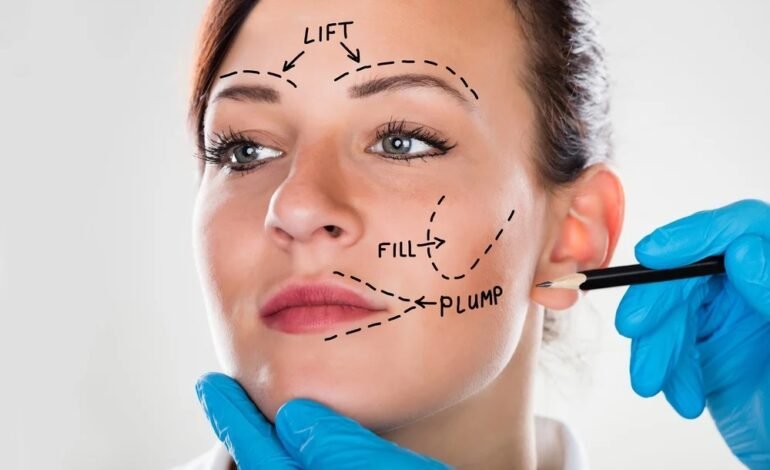From Consultation to Recovery: A Step-by-Step Guide to Facelift Surgery

Facelift surgery, also known as rhytidectomy, is a popular cosmetic procedure aimed at reducing the signs of aging and improving the overall appearance of the face and neck. This guide provides a detailed walkthrough from the initial consultation to the recovery process, designed to give potential patients a clear understanding of what to expect throughout their facelift journey.
Initial Consultation: Setting Expectations
Understanding Your Goals
The first step in the journey to a facelift is the consultation phase. During this time, it’s crucial to discuss your aesthetic goals openly with your surgeon. This conversation includes evaluating your facial structure, skin quality, and specific areas of concern. A good understanding between patient and surgeon regarding the expected outcomes and realistic goals is essential for a successful surgery.
Medical Evaluation
Your surgeon will conduct a thorough medical evaluation to ensure you are a suitable candidate for surgery. This assessment includes reviewing your medical history, any medications you are currently taking, and any allergies or previous surgeries. This step is crucial to avoid any complications during or after the procedure.
Pre-Operative Preparation
Preparing Physically and Mentally
Preparing for a facelift involves both physical and mental preparation. Physically, you may be advised to stop taking certain medications, adjust your current prescriptions, or adopt a healthier lifestyle in the weeks leading up to the surgery. Mentally, setting realistic expectations and preparing for the recovery period are vital steps to ensure peace of mind throughout the process.
Logistics and Planning
Plan ahead for your recovery by arranging for help at home, time off work, and transportation, as you will not be able to drive immediately following your surgery. Ensure all necessary supplies, such as ice packs, comfortable clothing, and easy-to-consume foods, are readily available at home.
The Procedure
Anesthesia and Incisions
On the day of the surgery, anesthesia is administered for comfort during the procedure. The type of anesthesia will depend on the extent of the facelift and any additional procedures being performed concurrently. The surgeon will then make incisions, typically around the hairline and behind the ears, to minimize visible scarring.
Tightening and Redefining
During the procedure, the surgeon tightens underlying muscles and removes excess skin to smooth out deep wrinkles and lift sagging areas. The exact technique used will vary based on the patient’s facial structure and desired outcomes but generally involves repositioning the skin and underlying tissues to create a more youthful and refreshed appearance.
Post-Operative Care and Recovery
Immediate Aftercare
After the surgery, bandages may be applied to your face, and small tubes might be placed to drain any excess blood or fluid. Monitoring by the medical team will continue until you are ready to be discharged. It’s common to experience swelling, bruising, and discomfort during the first few days post-surgery, which can be managed with prescribed medication.
Follow-Up Visits
Follow-up visits are crucial to monitor healing and progress. During these appointments, the surgeon will check for any signs of infection or complications and advise on continued care strategies to ensure optimal healing.
Tips for a Smooth Recovery
- Keep your head elevated to reduce swelling.
- Avoid strenuous activities that could stress your incisions.
- Follow the specific care instructions provided by your surgeon.
Long-Term Care and Outcomes
Maintaining Results
Long-term care of your skin includes protecting it from the sun, maintaining a healthy lifestyle, and possibly using skincare products recommended by your dermatologist or surgeon. These practices help maintain the results of your facelift and keep your skin looking its best.
The Role of Follow-Up Treatments
Sometimes, additional treatments, such as fillers or laser therapy, may be recommended to enhance or maintain the results of your facelift. These treatments can address minor corrections or skin texture and tone improvements.
Seeking Professional Advice
If you are considering a facelift and are looking for a qualified plastic surgeon scranton pa, it’s important to choose someone with the experience and credentials to ensure safety and achieve the best results. Make sure to review their before and after photos and read testimonials from previous patients.













